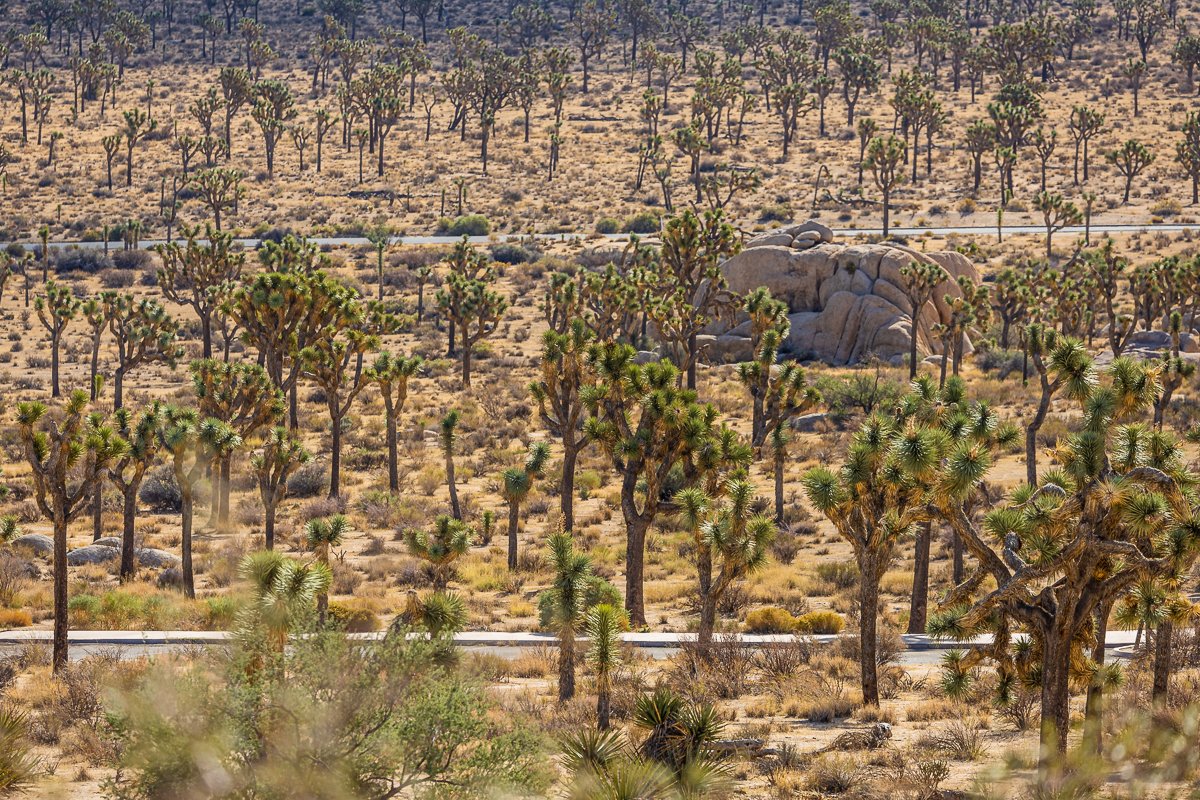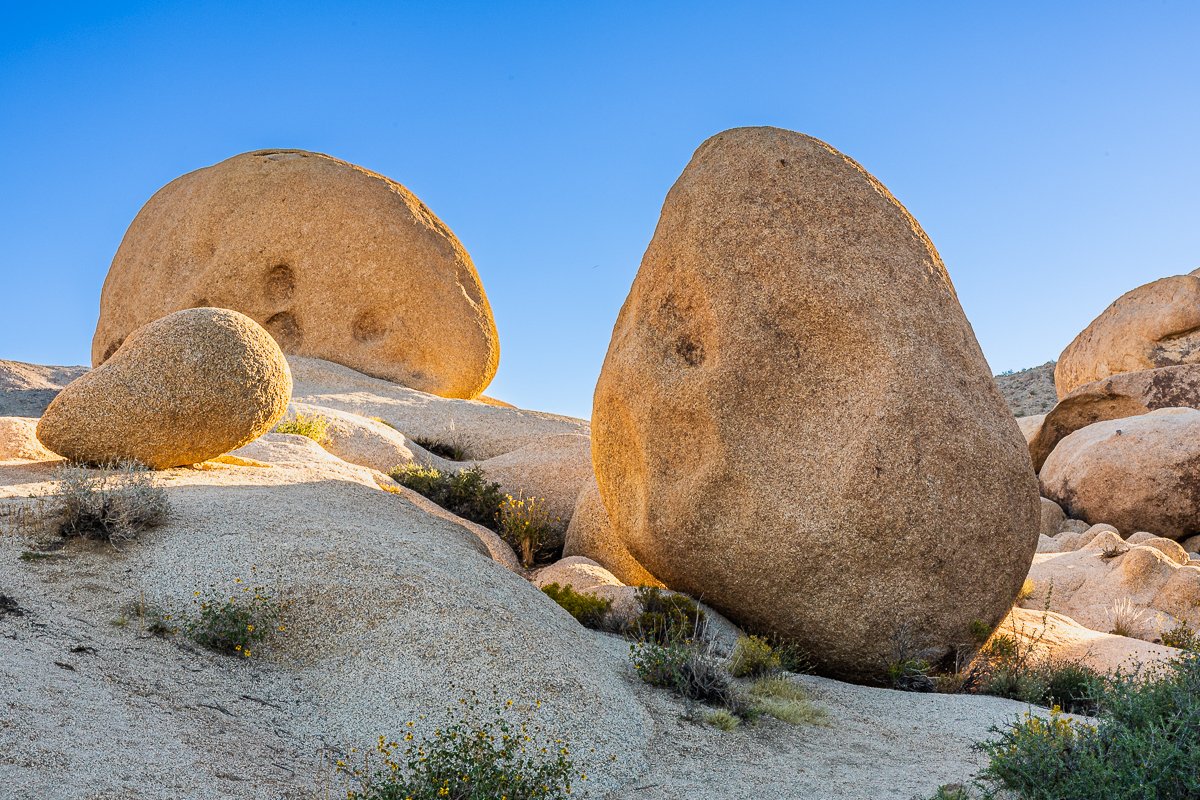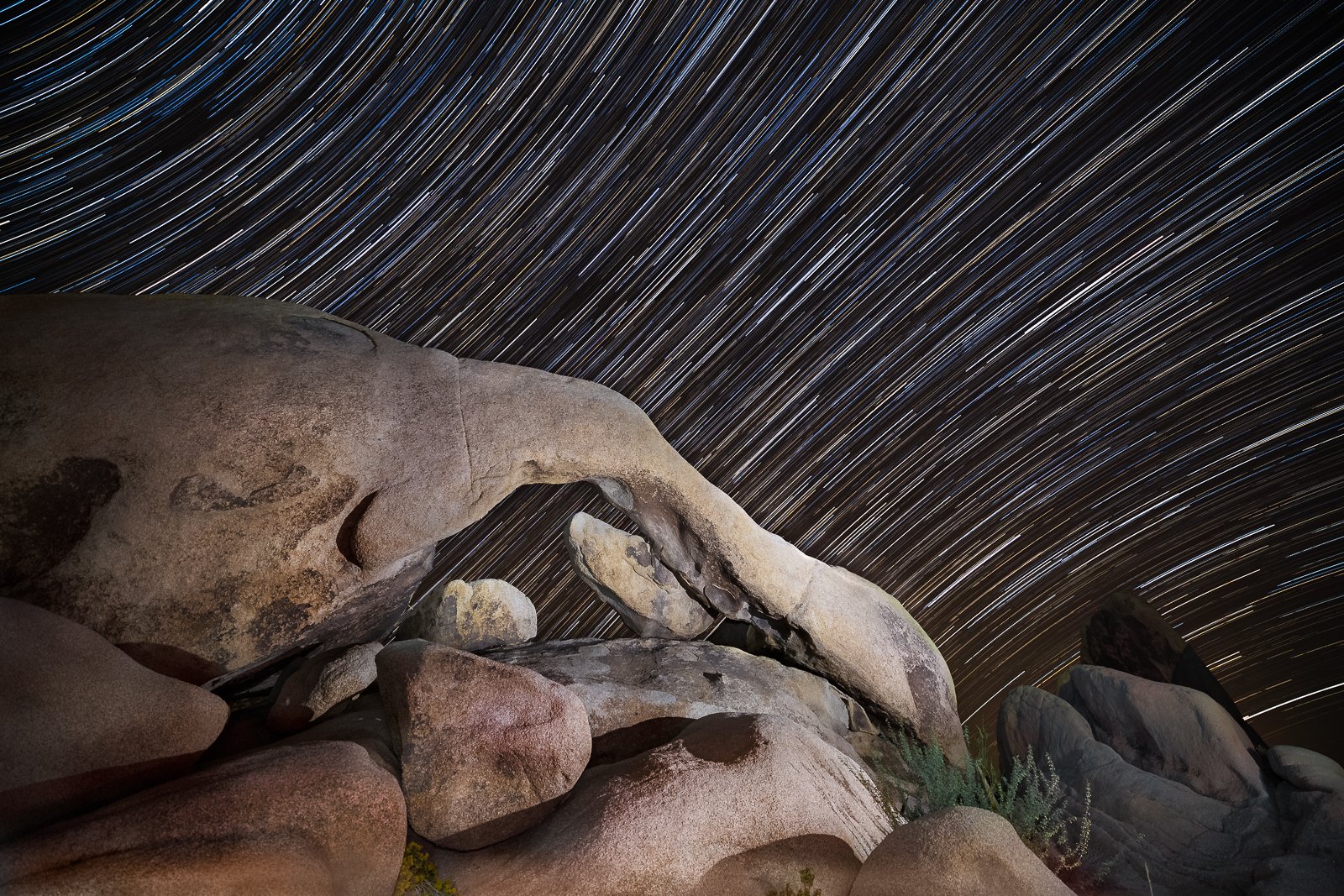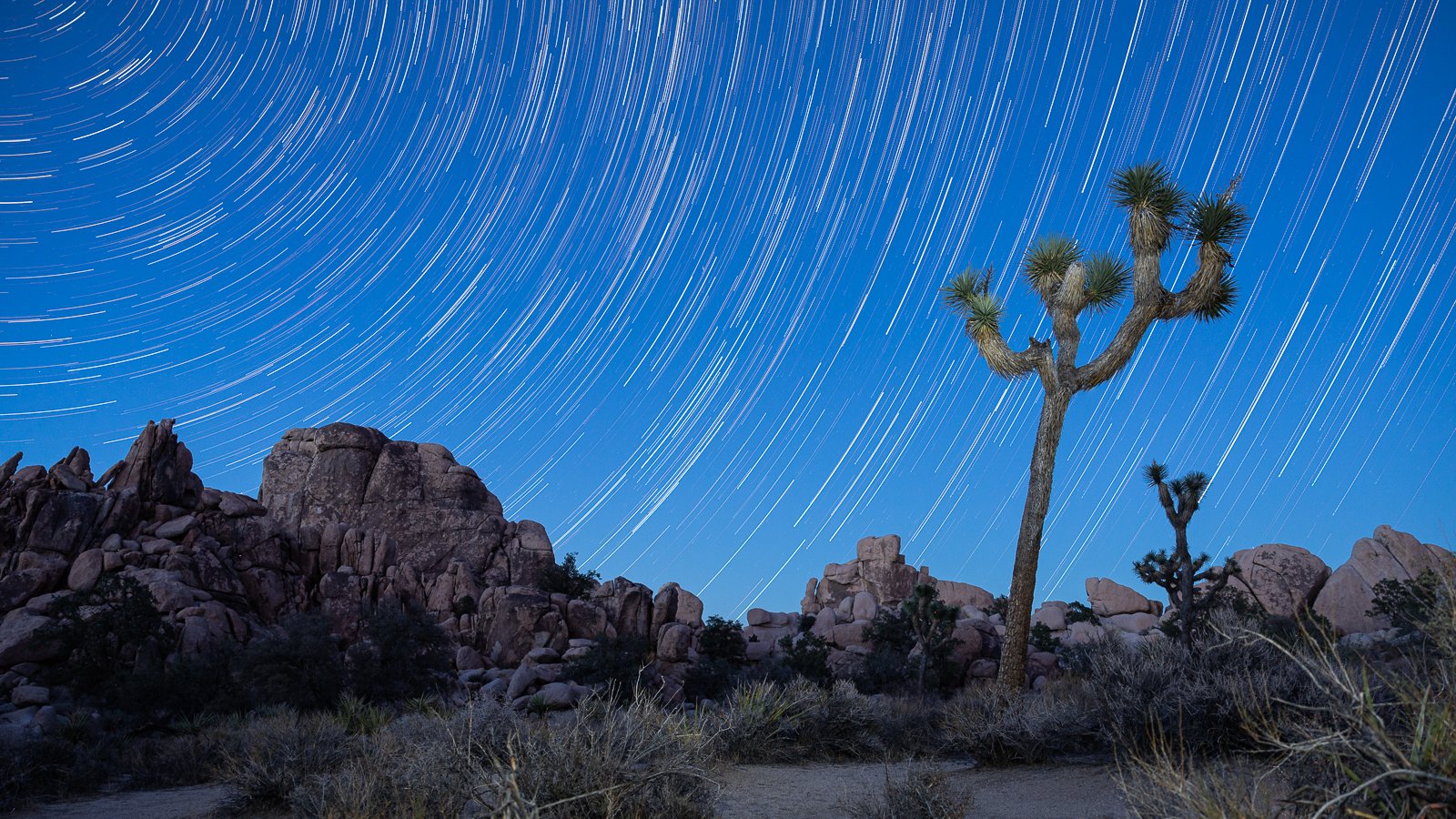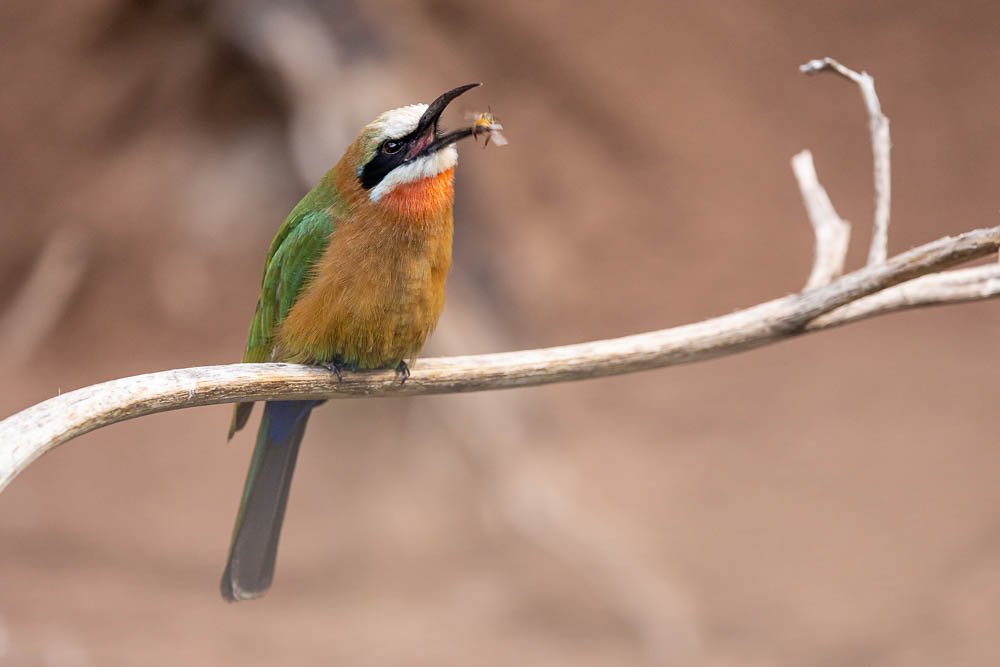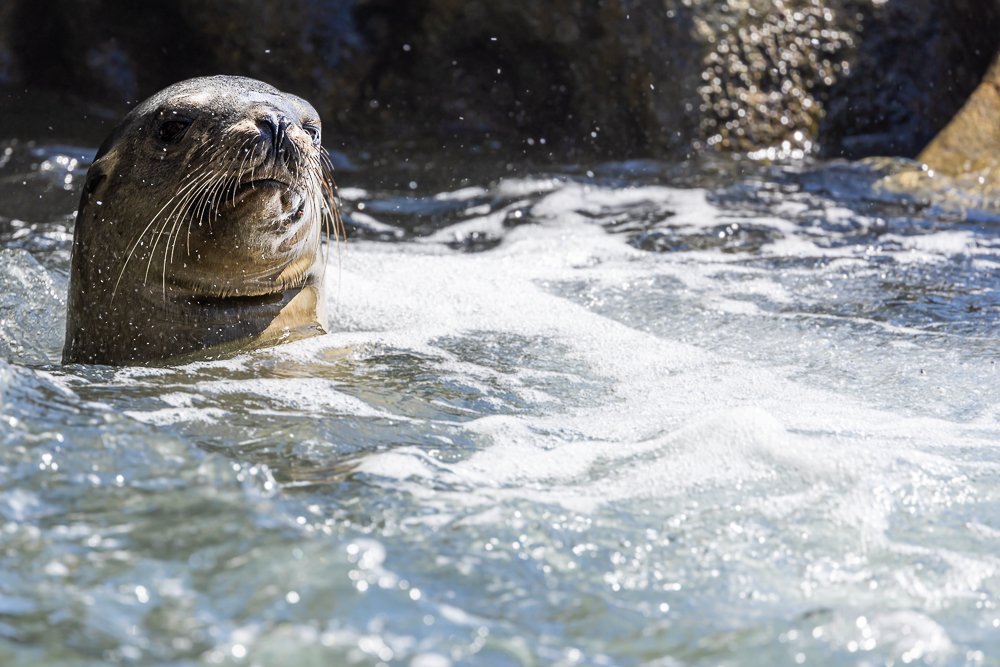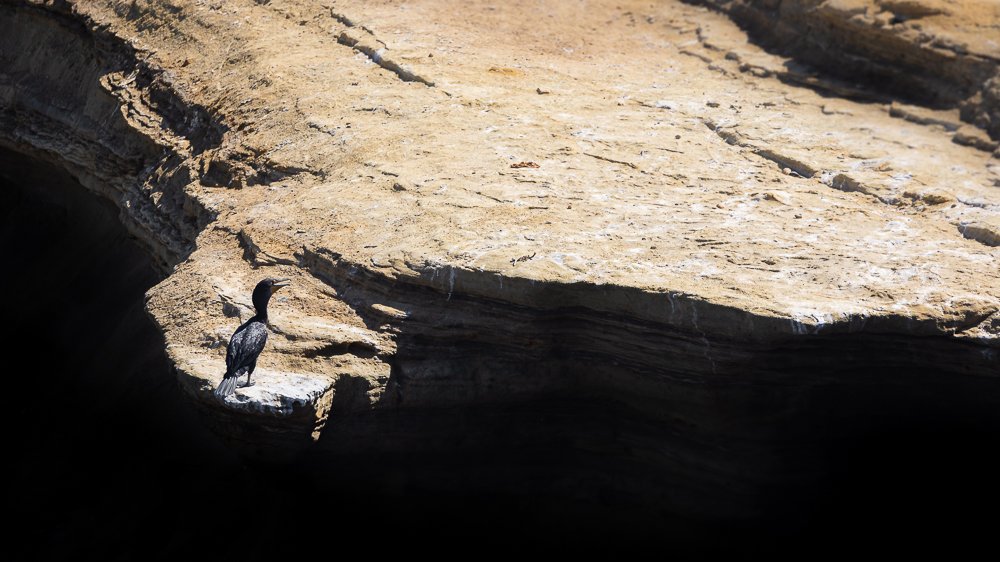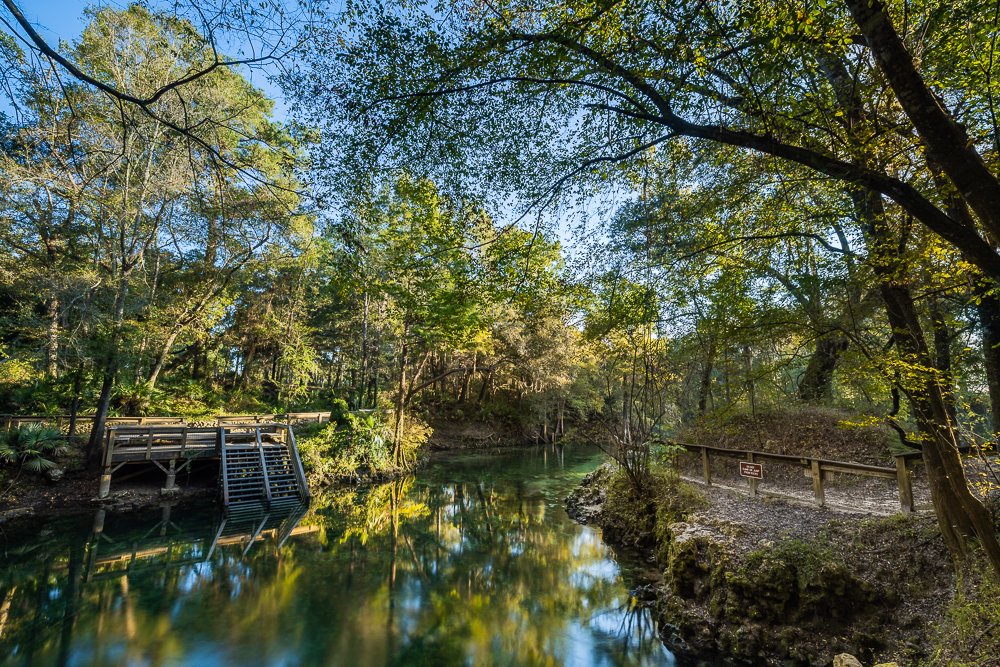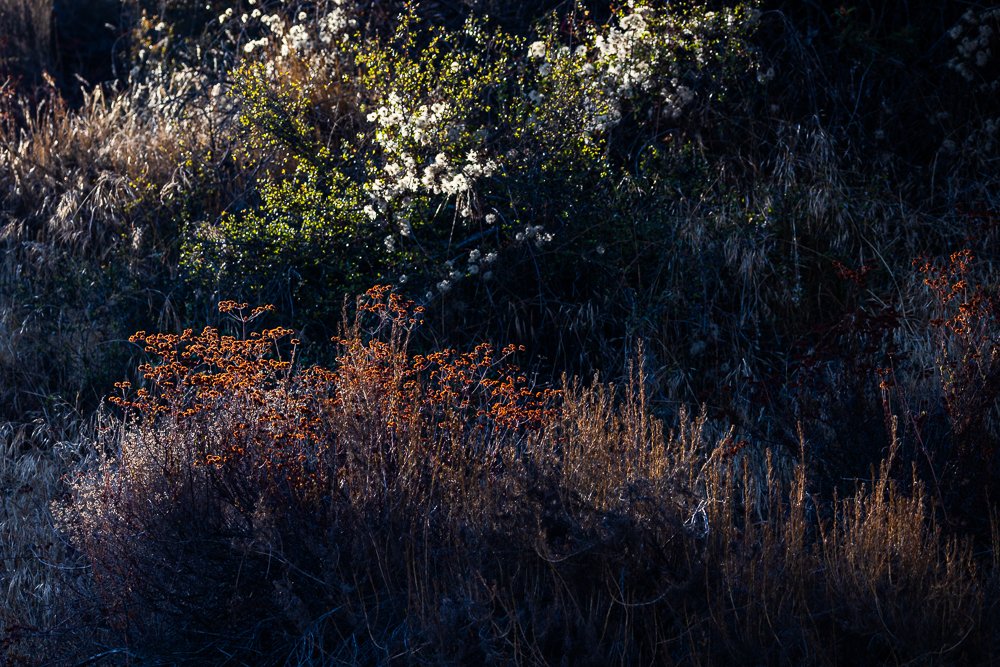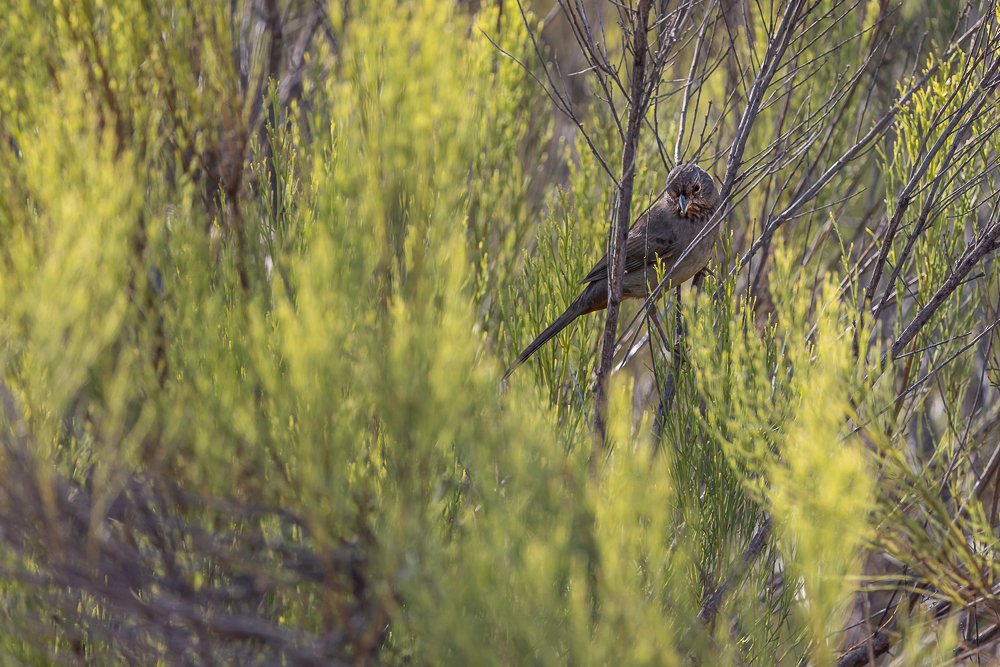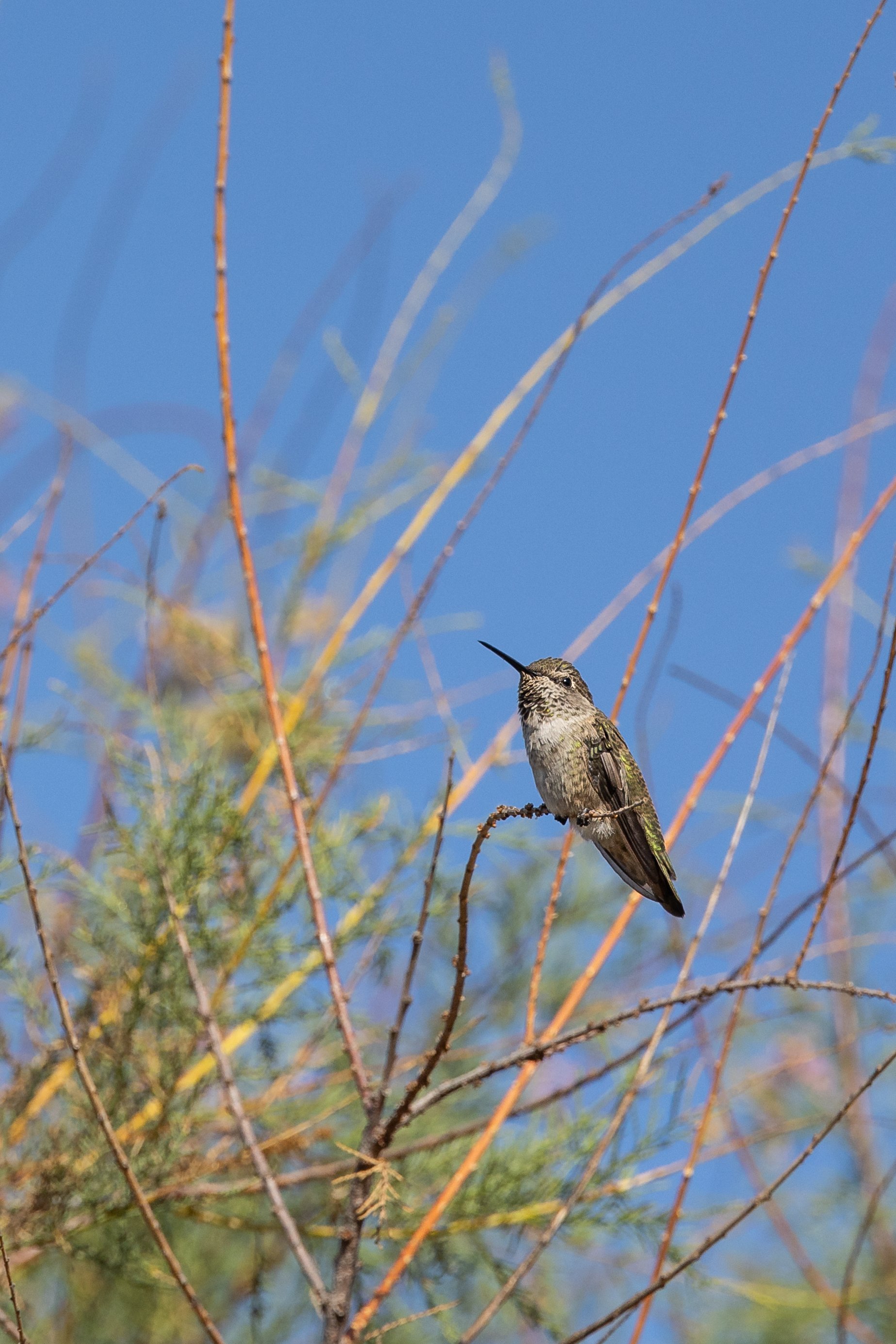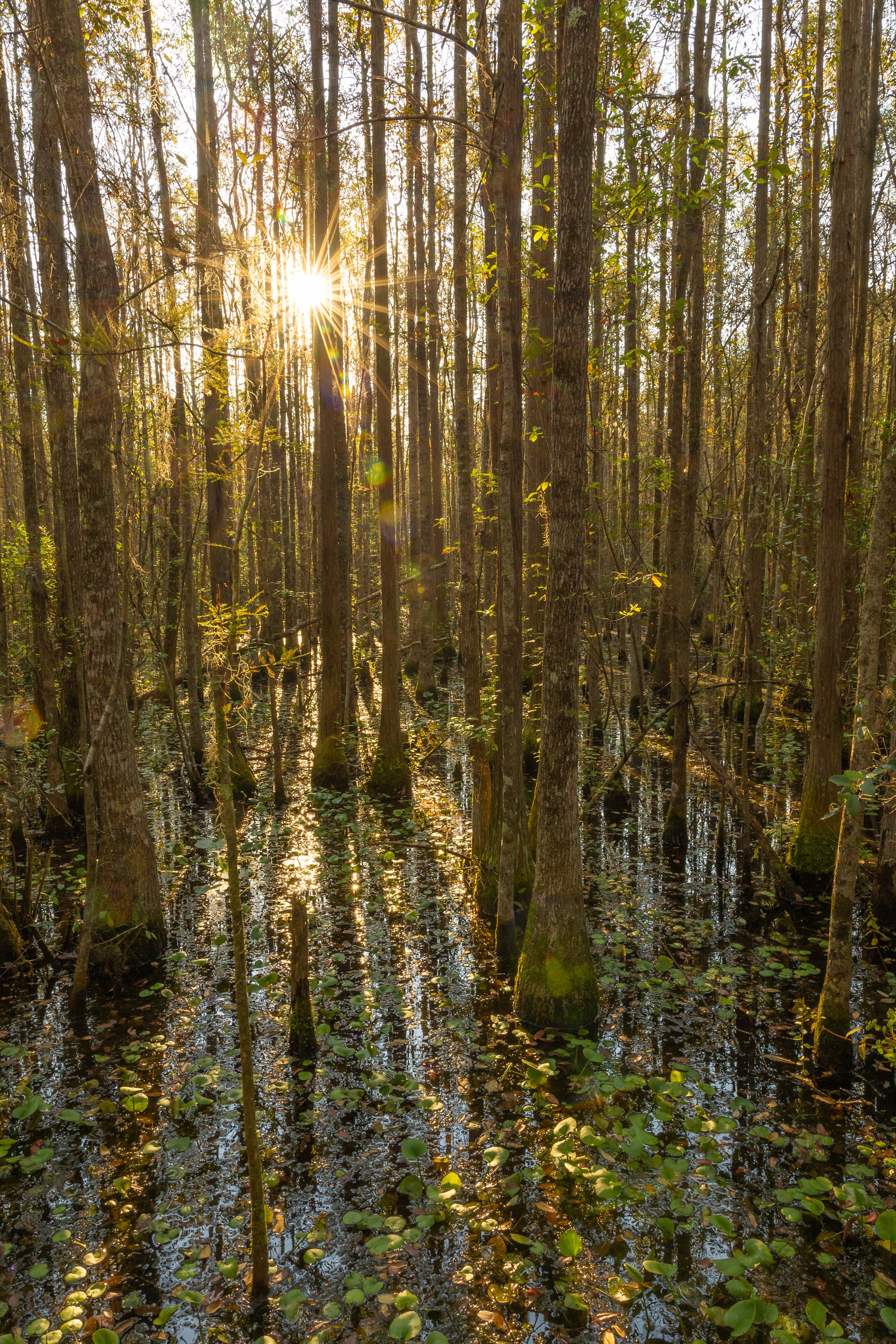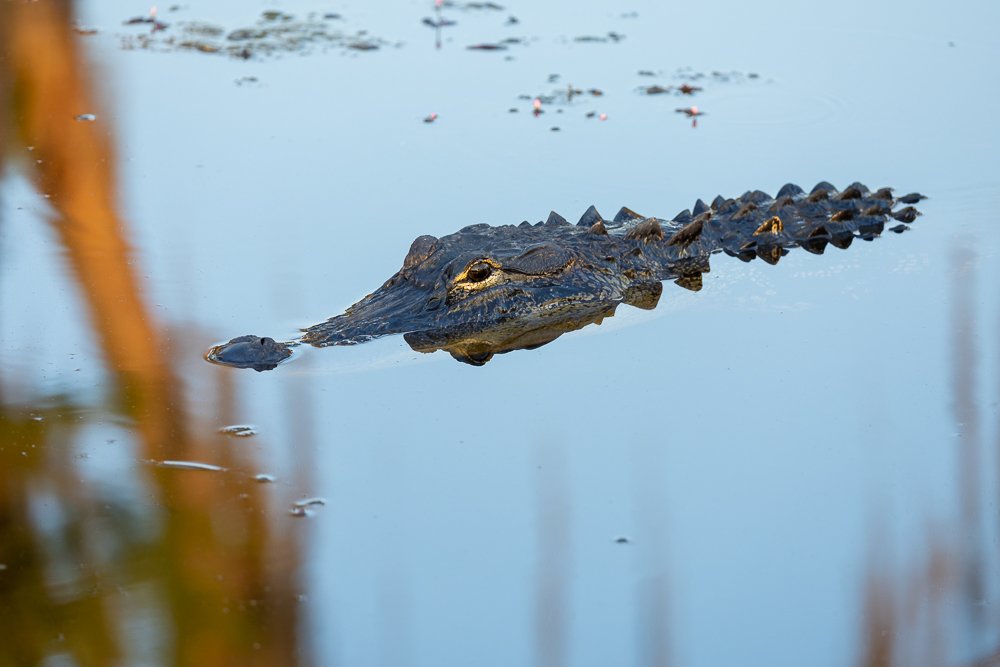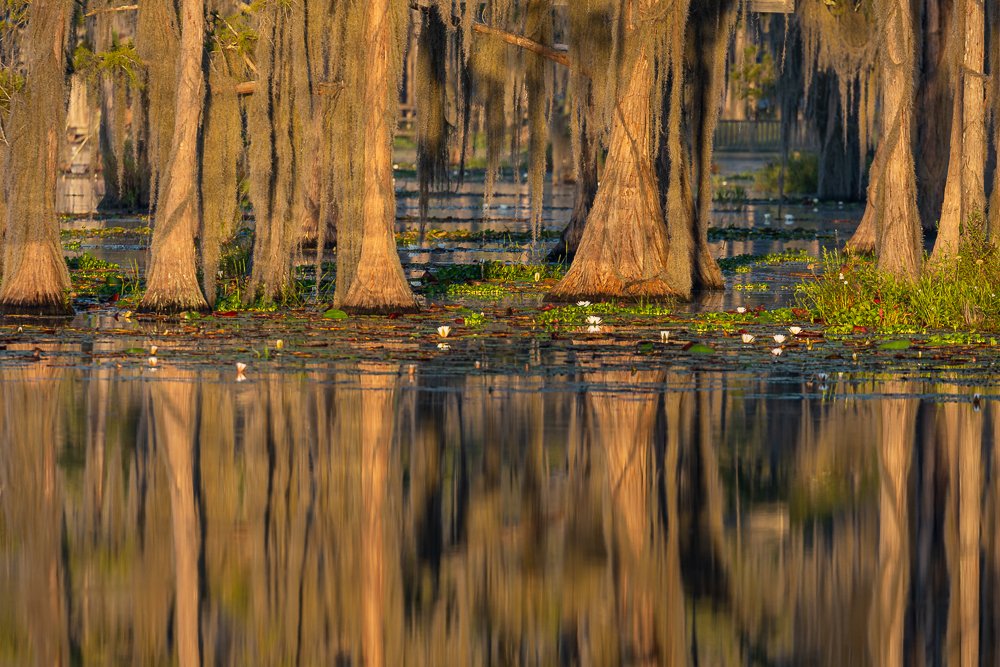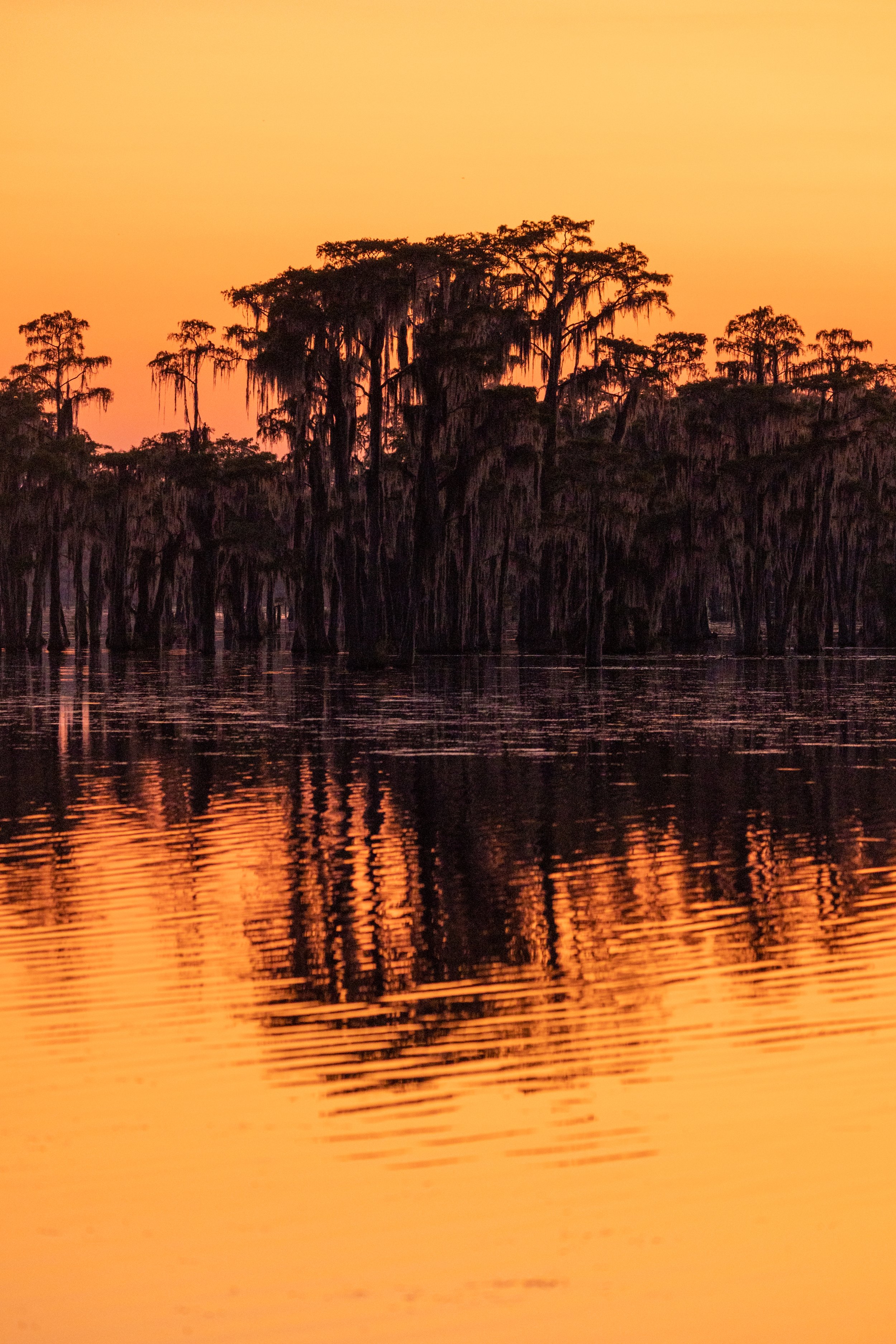The Hidden Valley Nature Trail is a short one-mile loop that takes you through the rocky landscapes of Joshua Tree National Park. The path is surrounded by towering rock formations all around it. During our visit to this spot, I was lucky enough to witness the beautiful morning light as it streamed through the valley, casting a golden glow on the rocks and highlighting the park's stunning colors. And of course, there were plenty of incredible Joshua Trees and rugged desert vegetation to photograph along the way too.
If you're planning a visit to Joshua Tree National Park, make sure to add the Hidden Valley Nature Trail to your itinerary. Trust me; you won't regret it!








